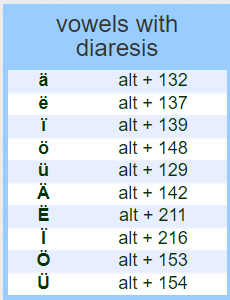This post isn’t exactly a lesson, but it is about writing. After you read the post, I invite your comments.
Here’s a passage I ran across:
Plants need three things to grow: air, water, and nutrients. Farmers usually take care of the last bit by fertilizing their fields.
https://www.scientificamerican.com/podcast/episode/corn-variety-grabs-fertilizer-from-the-air/
The first sentence mentions three “things.” But the last thing in that list is a plural! That means more than three, right? Maybe the writer should have said “three categories.” But are air and water mere categories? ehh… “Nutrition” is a singular, but it’s not quite parallel with the rest of the list. Maybe ignore the subtle incongruity and leave the plural in there? After all, in the next sentence, the writer referred to nutrients as a “bit.” Maybe re-write the sentence: Plants need air, water, and nutrients to grow. That eliminates the incongruity, but the sentence isn’t as dynamic; makes for a weaker beginning for the article.
So. Hmm. Uh, well, er, what do you think?




